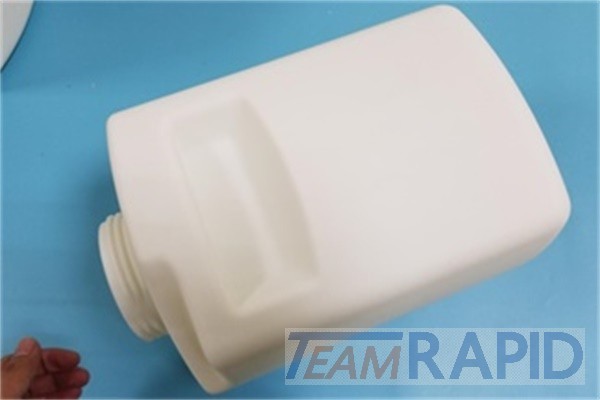Rapid Tooling Additive Manufacturing
Rapid prototyping is a technique to fabricate physical parts quickly by using CAD data. Part construction is normally done by using 3D printing or additive manufacturing technology. Rapid prototyping is used to build 3D of a part or product. It can be used to test the efficiency and product design before running into mass production. Prototypes are often built with additive manufacturing technology. Rapid prototype tools allow user to create, interact with, customize and share a software-defined network prototype on a single computer that simulates a network topology that uses open?ow switches.
Rapid Tooling Additive Manufacturing Process
Rapid Tooling Additive Manufacturing is a process to build parts in layers by digital 3D design data. Additive Manufacturing produces parts layer by layer using materials which are in powder form. A range of different metals, plastics and composite materials may be used. This technology has especially used in the construction of illustrative and functional prototypes. As the market demand increase, this technology is widely used in series production. It gives OEMs in the various sectors of industry the opportunity to create a unique profile for themselves based on new customer benefits, cost-saving potential and the ability to meet sustainability goals.
Additive Manufacturing has benefit which traditional manufacturing has limitations. It is quite meaningful when it comes to us new design and manufacturing to solve the problems. It enables a manufacturing process that design determines production. And additive manufacturing help to produce complicated structures which is lightweight and stable. It offers free design, the optimization and integration of functional features. Additive manufacturing requires mini setup and builds a part directly from the CAD model, allowing for low per-part costs for low-volume productions. So it allows manufacturer to produce low volume at reasonable unit costs. The rapid processes have short build times as no custom tooling must be developed, and lead time is reduced greatly. Complicated surfaces and internal features can be created directly when building the part. Additive manufacturing processes are able to produce parts in various of materials like plastics, metals, ceramics, composites, and even paper with properties similar to wood.

Contact Us
Additive manufacturing starts by using a thin layer of powder material to build platform. A powerful laser beam fuses the powder at exactly the points defined by the computer-generated design data. The platform is lowered and another layer of powder is applied. The material is fused once again so as to bond with the layer below at the predefined points. Parts can be rapid manufacturing using stereolithography, laser sintering or 3D printing.